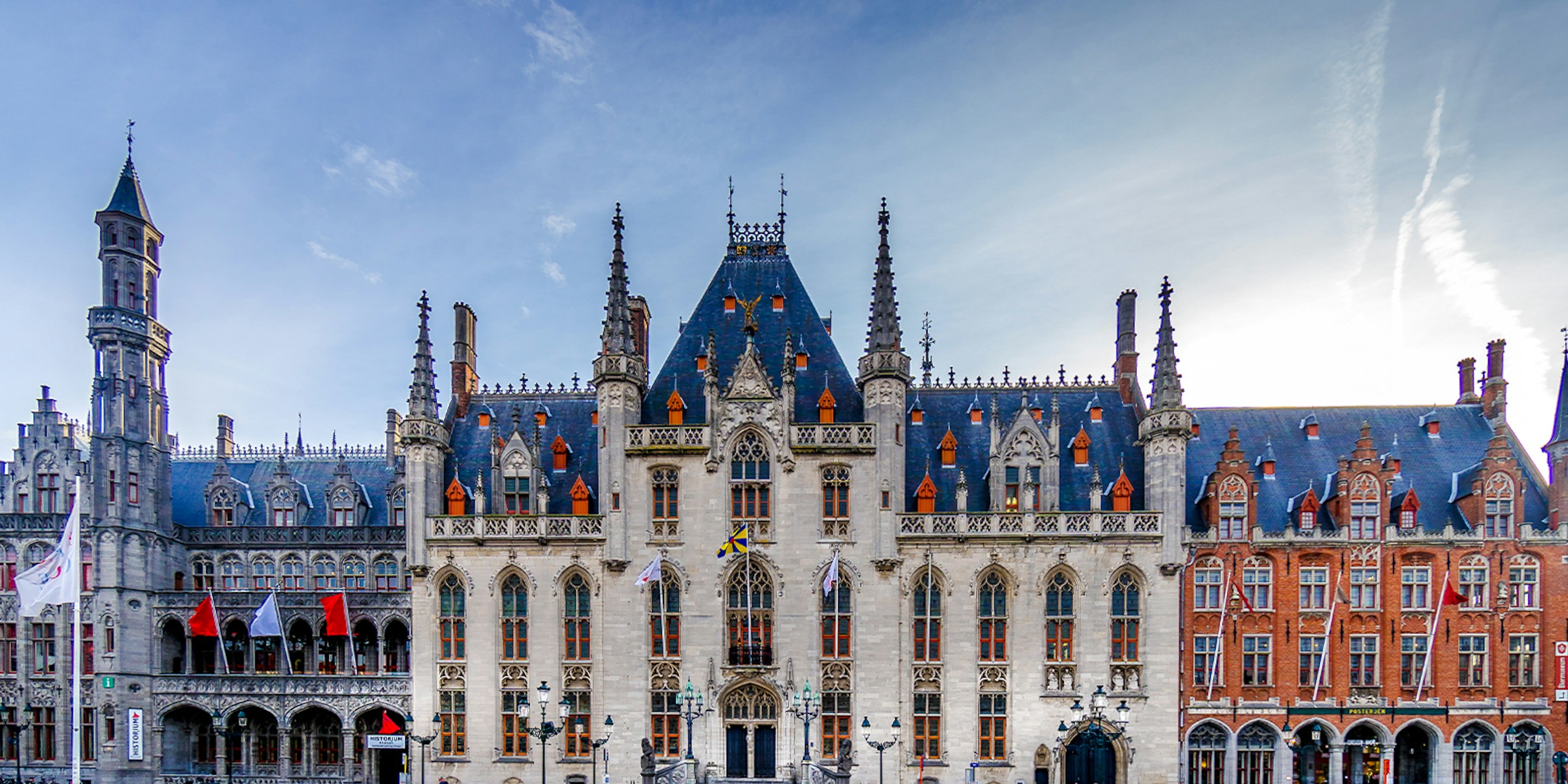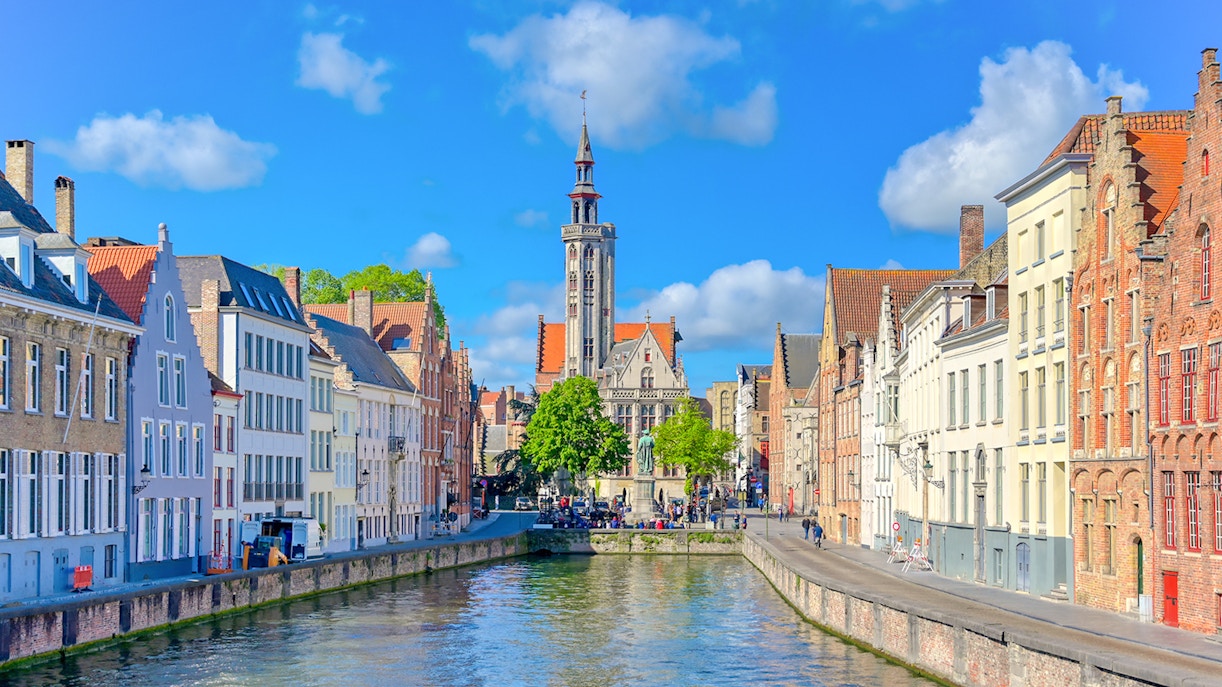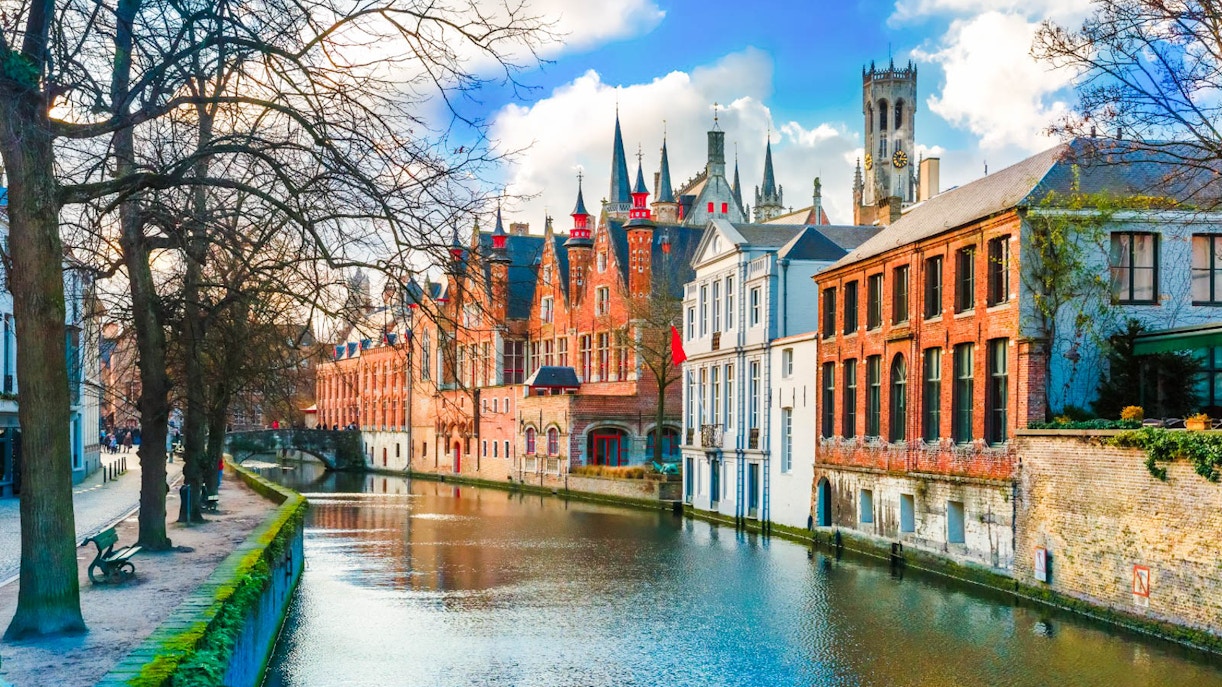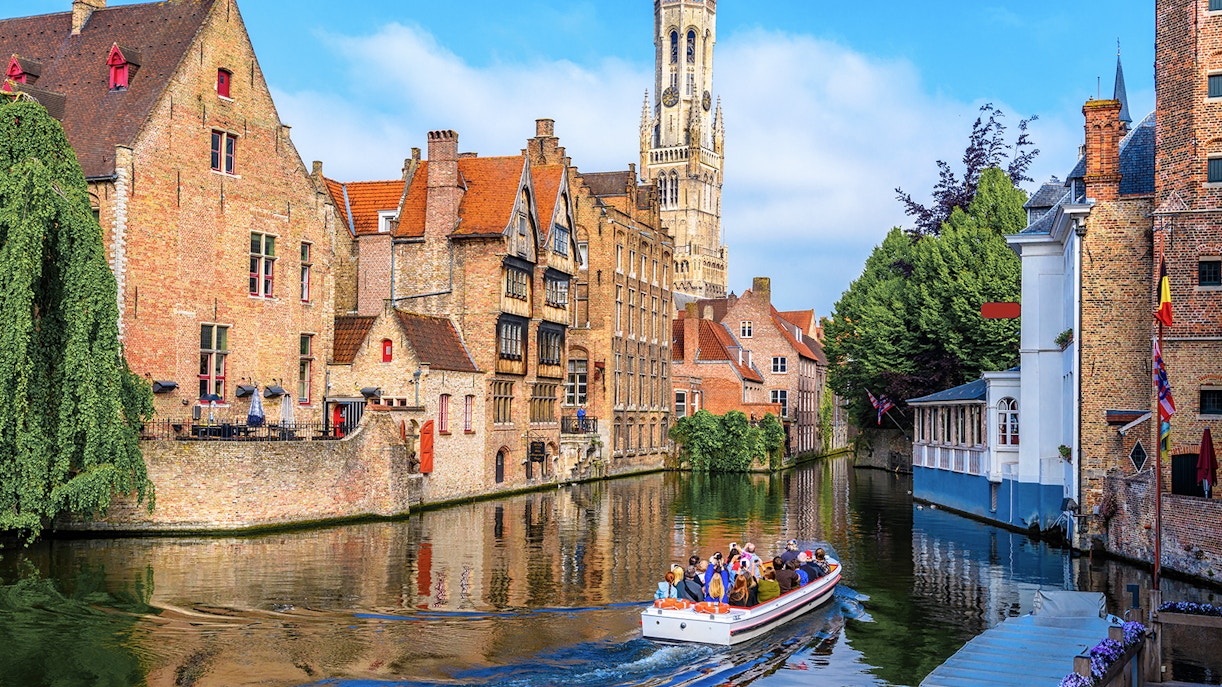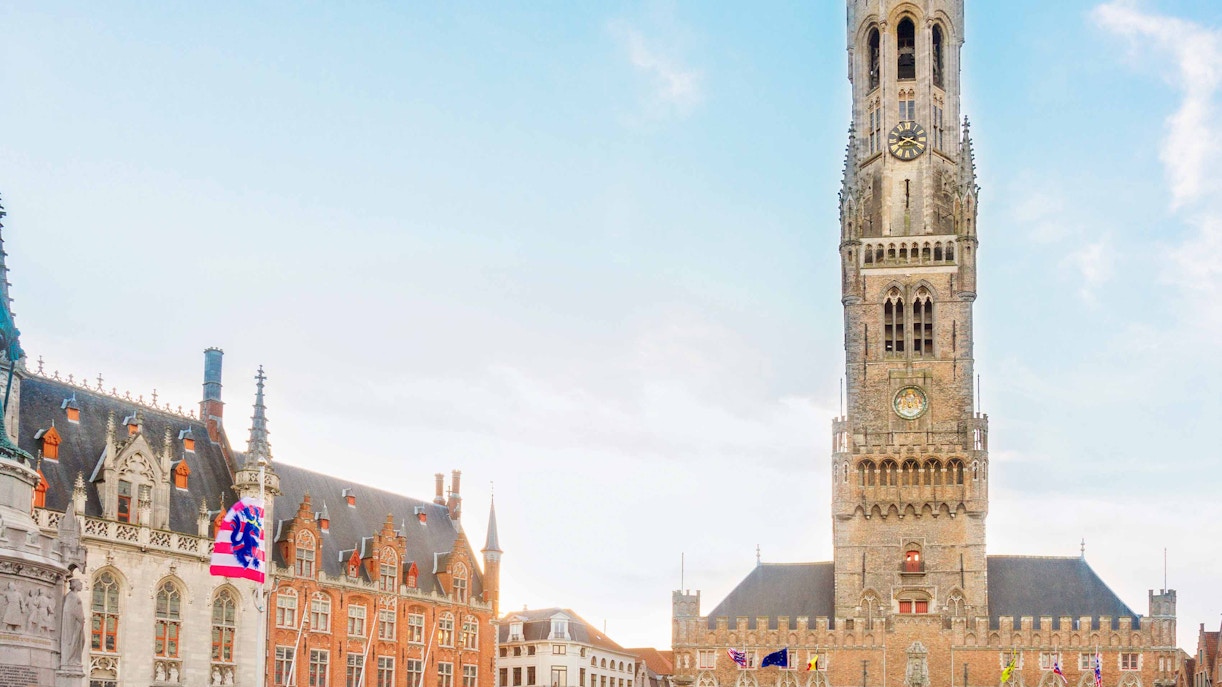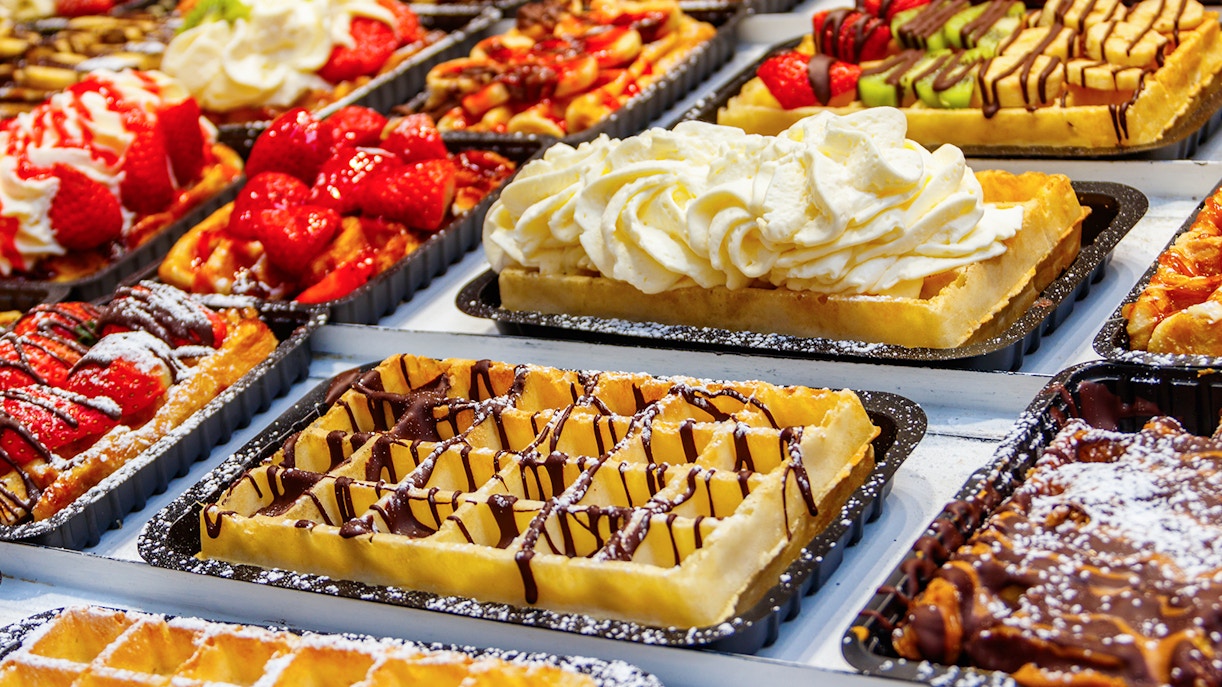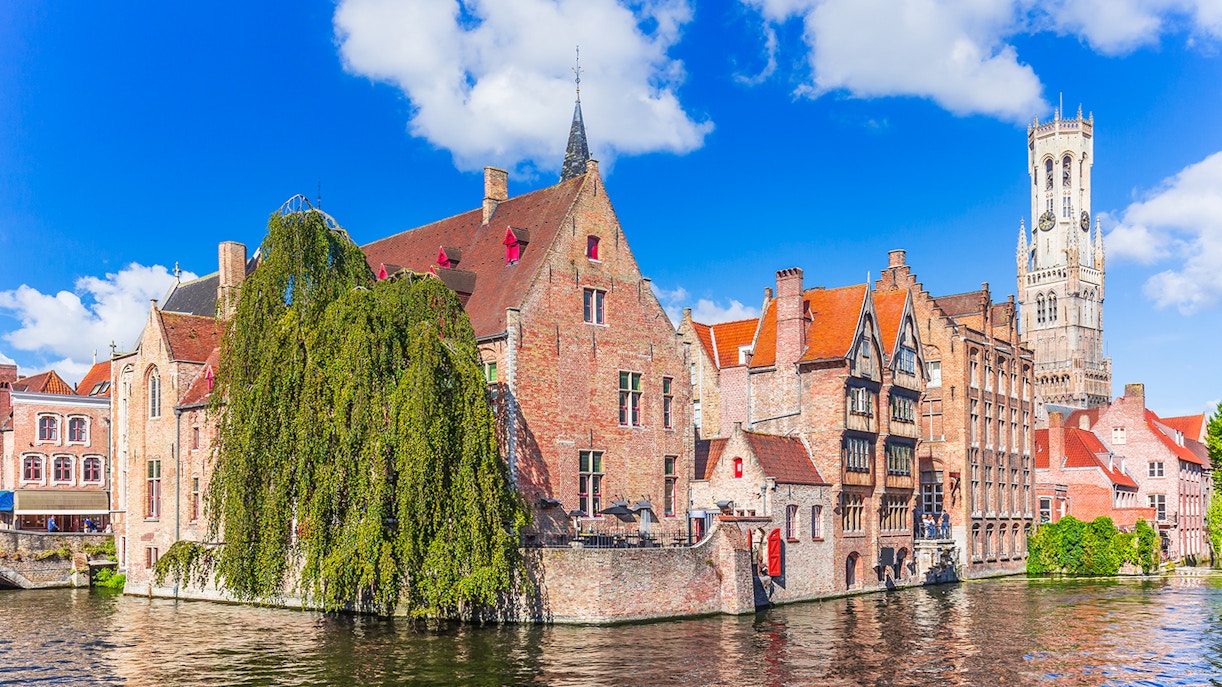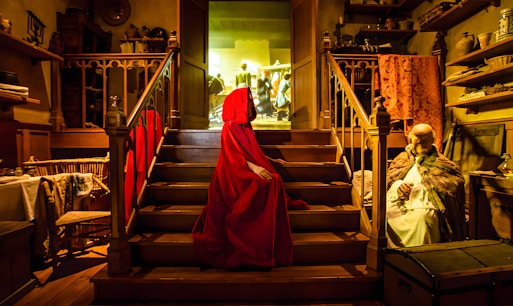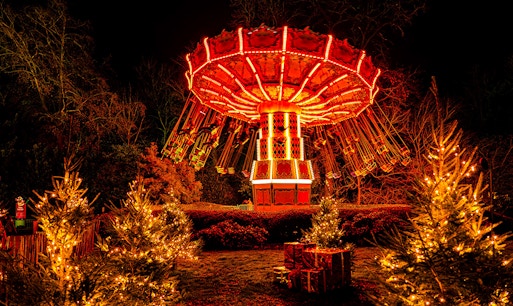Time Zone: The standard time is Central European Time (UTC +1:00).
- During Daylight Saving Time (from the last Sunday in March to the last Sunday in October), it observes Central European Summer Time (CEST), which is UTC+2:00
Currency: Euro – EUR – €
Country Code: +32
Emergency Numbers: Dial 112 for any emergency.
